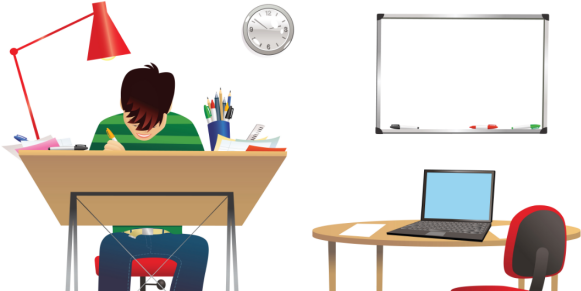So I’ve noticed that a lot of you (myself included) are pretty fascinated with visualizations. Today I wanted to talk a little bit about some tips for designers out there on helping you turn out some pretty cool visualizations. Last week, I came across a post on O’Reilly Radar where, Pete Warden offers up some pretty interesting tips and suggestions on how to make those awesome visualizations you so desire.
Play with your data
This is true with most projects: having a deep understanding of your data is the essential starting point for any visualization. The more time you spend with your data, the more you will understand it. As you begin to understand your data at a deeper level, it will become increasingly easier to create something wonderful from it. A great example of underscoring the power of having a deep understanding of data is the Aarhus University case study about air-traffic control facilities – Is Paper Safer? The Role of Paper Flight Strips in Air Traffic Control. In brief, software engineers had a very difficult time understanding why the process of passing pieces of paper that represented airplanes to coworkers gave traffic controllers a stronger awareness than looking at a screen. The reason? Nothing can replace the understanding that comes after spending quality time with data.
Pick a question
Once you have an understanding of the data, you need to focus on the message you want the data to convey. Warden suggests starting off with “choose[ing] the exact title you want to give your visualization” this way you can make sure that you’re using the “most natural title” for what you’ll be presenting. Another important suggestion is making sure you spend some time thoroughly thinking through the question you want your visualization to answer, that way you can ensure that you “can deliver on the promise of the headline.”
Sketch it out!
So, you’ve spent some time working with the data and you’ve developed the question you want to answer; now it’s time to figure out how you’re going to show it all off in in a visual form. By drafting a quick prototype you can quickly see potential future issues in your visualizations that you may have overlooked. Prototyping allows you to find these problem spots and gives you time to stop and think about ways to correct before you’re too far along. Remember this should be an iterative process, “it’s hard to know how well a lot of things will work until you try them…don’t worry if you find yourself going in circles” at this stage.
Crunch the data
If you’re familiar with your data (and you should be!) this should be pretty easy. By this stage you should hopefully have a clear set of requirements that your visualization is trying to fulfill. With those in mind, it should become a simple exercise of finding and pulling out the relevant data from your data set for your visualization. After you tease out the data, you will need to then turn all this information into that great visualization you just prototyped.
Show it off
Warden correctly points out that “A lot of the best visualizations have no interactivity. They just tell a story with a static image.” He’s right, which is why I agree with his suggestion of potentially building in some interactivity into your visualizations. If you add some interactivity to your graphic you can show other people how much fun it is exploring data.
I hope these tips help you create those killer visualizations that you’ve been striving for.
Your Turn
Do you have any visualization tips? We’d love to hear them in the comments.

